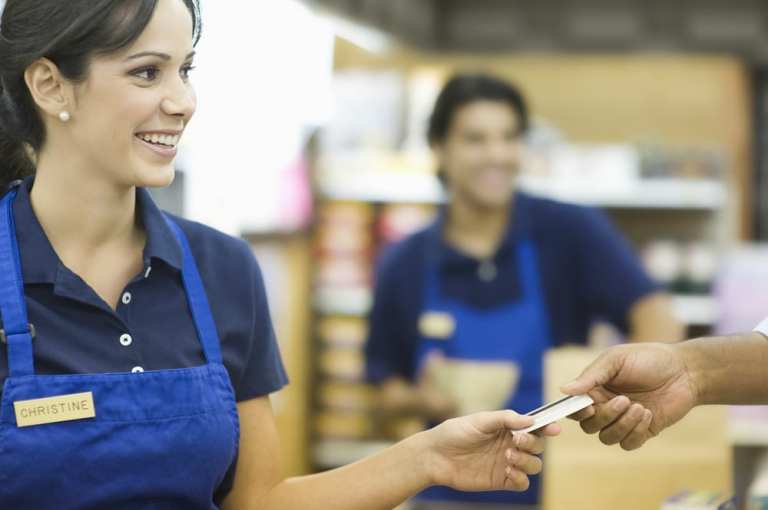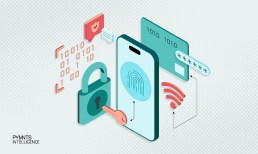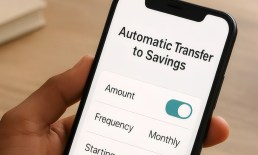Panera’s move makes sense, as in-store customers tend to spend significantly more than online impulse buyers, irrespective of their online brand or retailer loyalty, according to recent research by First Insight. Not only do in-store shoppers spend more, but they also enjoy in-store visits more than online purchasing, with 57 percent looking forward to in-store visits as a pleasurable experience, according to a recent study by Criteo.
Several research studies also showed in-store “retail therapy” trips producing improvements in everything from stress levels to residual sadness. But there’s a downside, of course. While 52 percent of Americans report that they frequently shop to relieve stress, the sense of untethered spending (and spiraling debt) can launch a cycle of negative emotions that can impact a consumer’s brand perception if there is no mechanism to make them feel better about spending –perhaps by helping them keep track of purchases and rewarding them with benefits as they shop. That’s where loyalty programs come in, helping retailers empower consumers to feel more in control of their spending and appreciated each time they enter a location.
One of the most frequent consumer complaints about in-store shopping experiences has been a lack of interoperability between online and offline loyalty programs, leading to confusion at the register. The stakes are high: More than 75 percent of millennials and 53 percent of Gen Xers reported in a recent study that they had left a store and purchased an item online because of point of sale frustrations.
For consumers, the ease of one-click purchasing has led to higher expectations for in-store retail touchpoints. While 85 percent of retail purchases still take place offline, digital has become a guiding force in the transformation of consumer loyalty. A famous statistic from 2017, which revealed that 82 percent of consumers identify themselves as “brand loyal,” has a less well-known context: Consumers are loyal because of price and value, not a deep connection to “brand story” or any other ephemeral element. Forward-thinking retailers are responding with user-friendly payment and loyalty programs that make the transition from online purchasing to in-store rewards seamless, while stoking brand loyalty.
There’s also research to back up Panera’s success. A study by Northwestern University researchers found that instant rewards for spending increased purchases by as much as 68 percent within two weeks, with low-spending members increasing their immediate spending by the highest percentages. Successful loyalty programs combine what consumers are looking for offline (a seamless in-store experience) with the instant benefits they are seeking online (great value and price).
Advertisement: Scroll to Continue
For some retailers, however, online payment solutions and loyalty programs can be tough. While creating an integrated platform that connects offline experiences with online rewards programs is a worthwhile endeavor, choosing the right one can be a challenge. Often, payment solutions providers are adept at fulfilling online payments, but don’t have the infrastructure to enable retailers to manage in-store promotions online. There’s also the question of quality assurance. How can retailers be certain that in-store data will be accurate, secure and easy to decipher? For many, the answers can be found by studying the Panera playbook.




